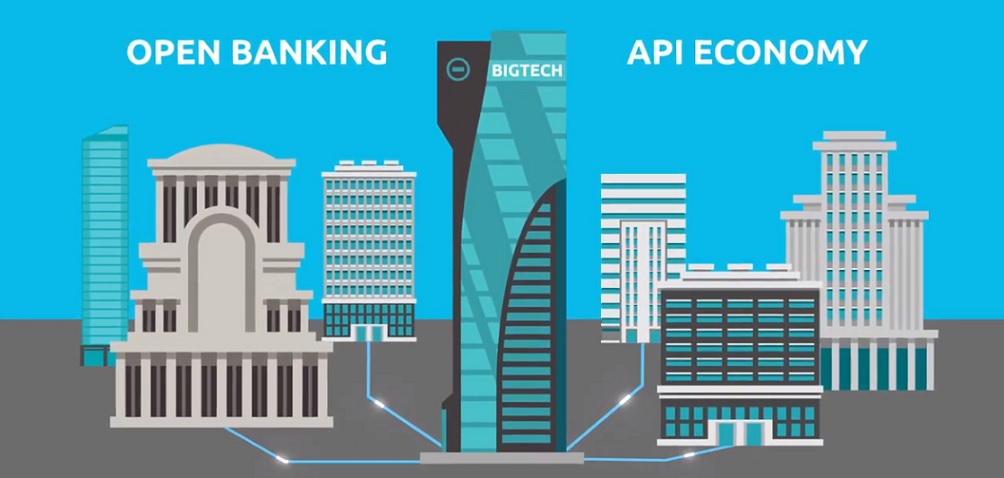
As global non-cash transactions boom and competition flourishes, many banks remain reluctant to embrace Open Banking via data sharing, ecosystem partnerships and open platforms, with multiple incumbents still being cautious of change. Instead, they perceive Open Banking as a potential challenge when it is a necessity for improved customer experience and retention in the long-run.
That’s according to Capgemini’s World Payments Report 2019, which tracks and analyzes non-cash transaction volume, regulatory and industry initiatives, and digital transformation across the global payments market.
The report finds that the transaction volume of non-cash payments is growing rapidly, particularly in developing markets within Asia (32% growth) and CEMEA: Central Europe, Middle East and Africa (19% growth).
It is projected to top 1,046 billion non-cash transactions globally by 2022, which equates to a compounded annual growth rate of 14%. Yet in a market defined by innovation, many incumbents are more fearful than optimistic about the pace and direction of change. In numerous cases, they cite the threat of BigTech challengers alongside only embracing Open Banking to the extent that regulators require, rather than seeing it as an opportunity for offering differentiation, customer retention and market leadership.
Key findings of the report include:
Growth of non-cash payments is set to skyrocket
Developing markets are leading the growth in the non-cash payment sector, projected to rise by a compound annual growth rate (CAGR) of 23.5% between 2017 and 2022. Emerging markets will soon dictate and shape the global payments landscape in terms of innovation, transaction capacity handling, and industry trends.
In 2017, these markets accounted for 35% of global growth, a share expected to rise to 50% in the coming years. Key contributors include Russia, where non-cash transactions grew by 40% in 2017, India (39%) and China (35%).
By contrast, mature markets including APAC, Europe and North America saw a steadier growth rate of 7%. Globally, non-cash transaction volume rose by 12% in 2016-17 to 539 billion.
Debit cards were the fastest-growing non-cash payment instrument, with transactions up by 17% in 2017, ahead of credit cards (11%) and credit transfers (10%).
Market incumbents are wary of Open Banking, and new competition
The payments landscape is growing more complex as new market participants and emerging technologies spur disruption. In addition, changing consumer expectations and regulatory demands are forcing banks to evolve their business models for payments, but many remain wary of change.
Less than half (48%) of those surveyed in the report said they are planning to use open APIs beyond the level needed for regulatory compliance.
While a clear majority (63%) identified BigTech competitors leveraging their global reach, brand equity, customer trust, great customer experience and finally payments infrastructure as a leading threat.
Although banks are gradually, though too slowly, moving towards a more open, data-led and cloud-based approach, there remains a reluctance to fully embrace Open Banking. 90% identified ecosystem-based business models as key to long-term success, yet only 44% expressed interest in building and orchestrating an ecosystem of their own.
Regulation is forcing change, but pace is slow
The shift towards a converged payments ecosystem has partly been driven by regulatory changes focused on standardization and interoperability. These have included a shared digital identity platform, interoperability guidelines, and real-time payments clearing.
Most digital transformation efforts at 60% of banks are in response to regulatory compliance. Adoption of APIs beyond what regulation requires has been sluggish: a majority of banks have no plans to implement APIs that expose data in areas including intra-bank statement (53%), conditional payments (53%) and branch/ATM location (67%). Where banks are not being mandated to share more data, they are generally choosing not to do so. Open API is seen as a regulatory compliance game rather than a growth opportunity.
“The global payments landscape is undergoing significant evolution, but not all participants are comfortable with the pace and direction of change,” said Anirban Bose, CEO of Capgemini’s Financial Services and Group Executive Board member. “Banks are clearly acknowledging the importance of embracing an ecosystem-based model to meet changing customer demands and thrive in a competitive landscape. We encourage incumbent banks to consider quick-win solutions that position them for the future market, such as implementing a microservices architecture to circumvent the limitations of legacy infrastructure.”
Report methodology
The World Payments Report 2019 is comprised using the Payments Open Banking Assessment which illustrates the state of Open Banking from a payments perspective in 18 markets. This was supported by primary research including an online survey that was distributed to industry participants across banks, non-bank financial services institutions and corporates in June 2019. Executive interviews were also conducted.
Banking 4.0 – „how was the experience for you”
„To be honest I think that Sinaia, your conference, is much better then Davos.”
Many more interesting quotes in the video below: